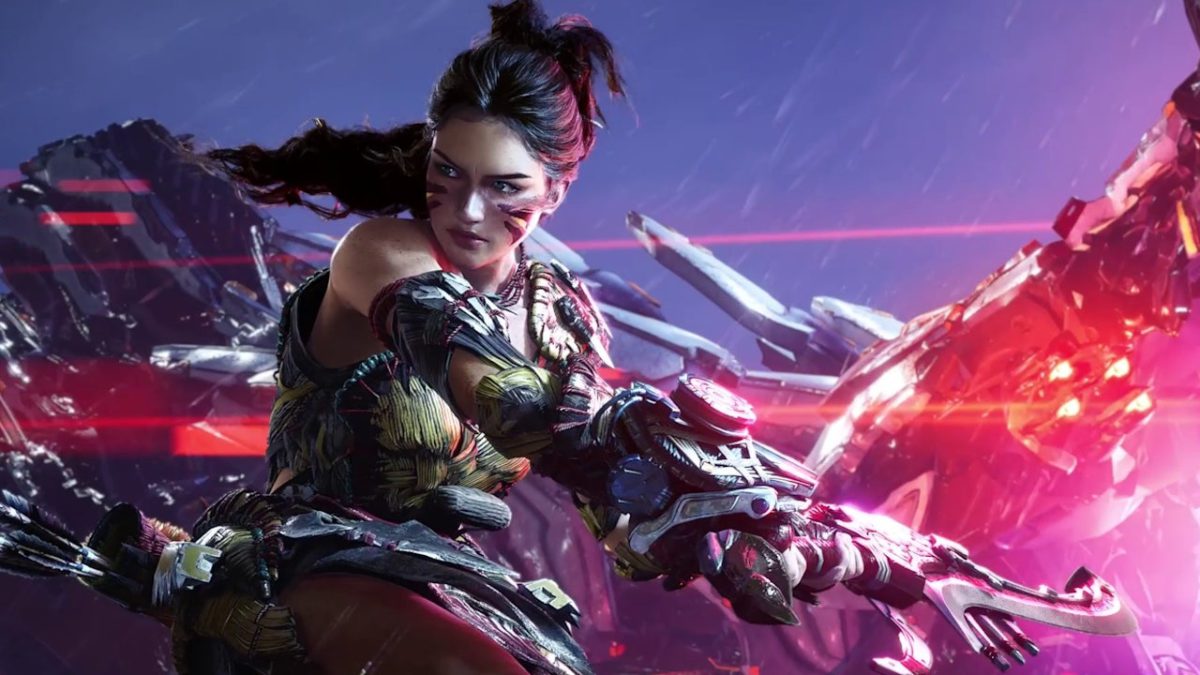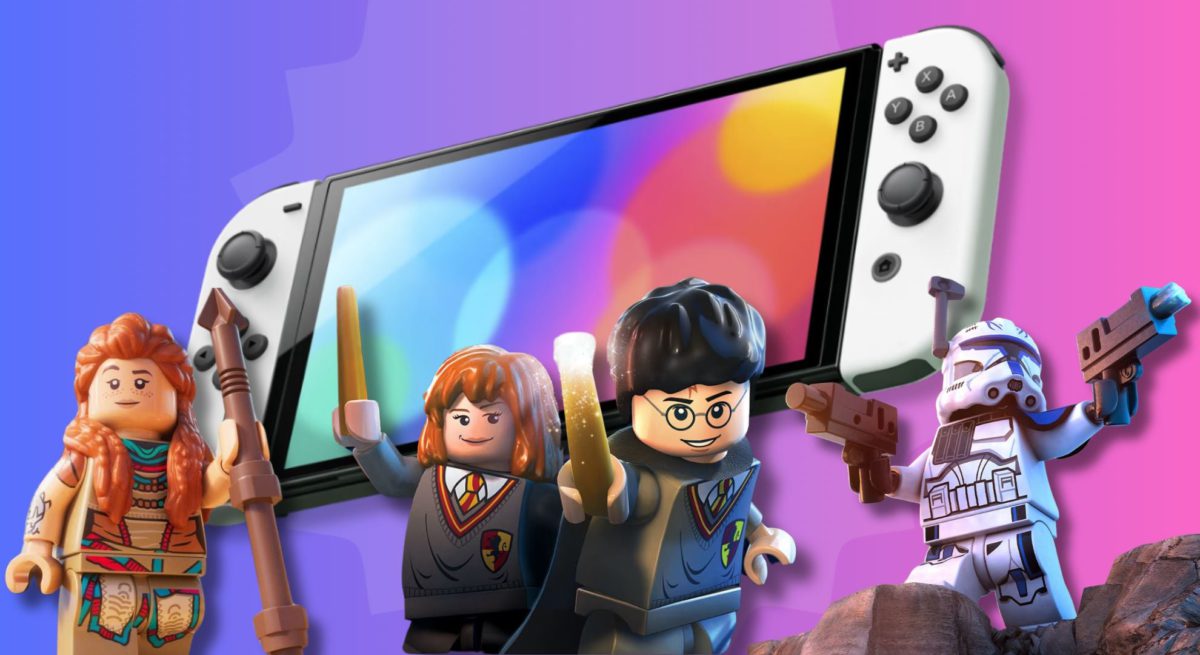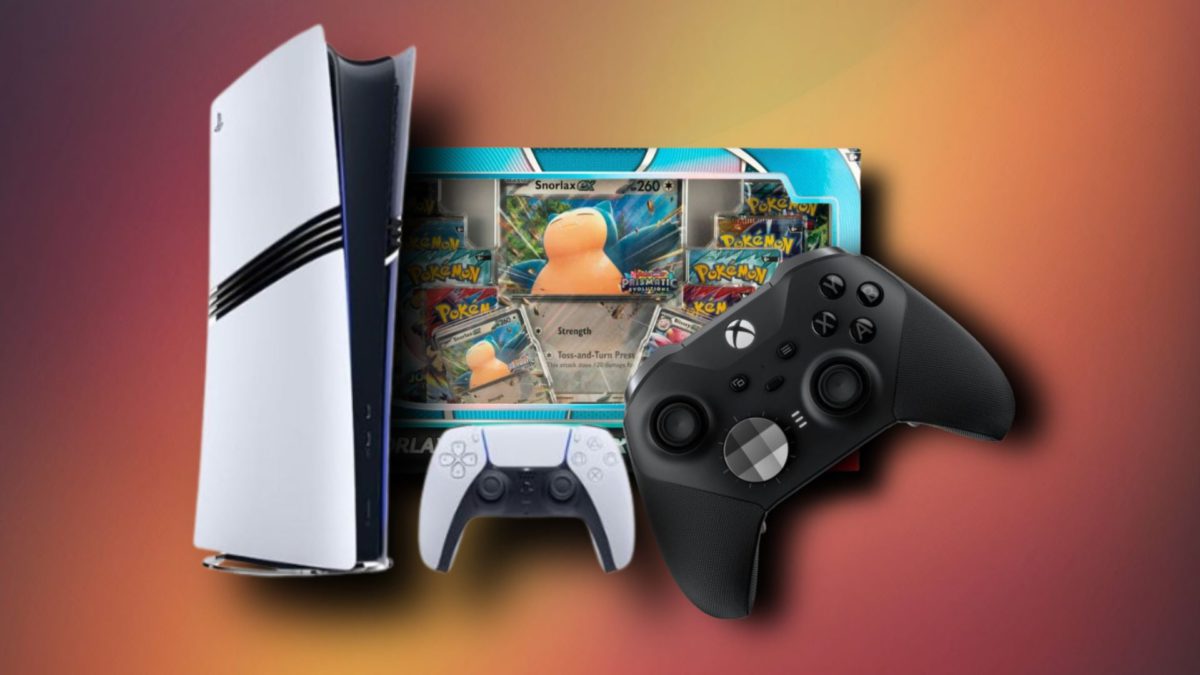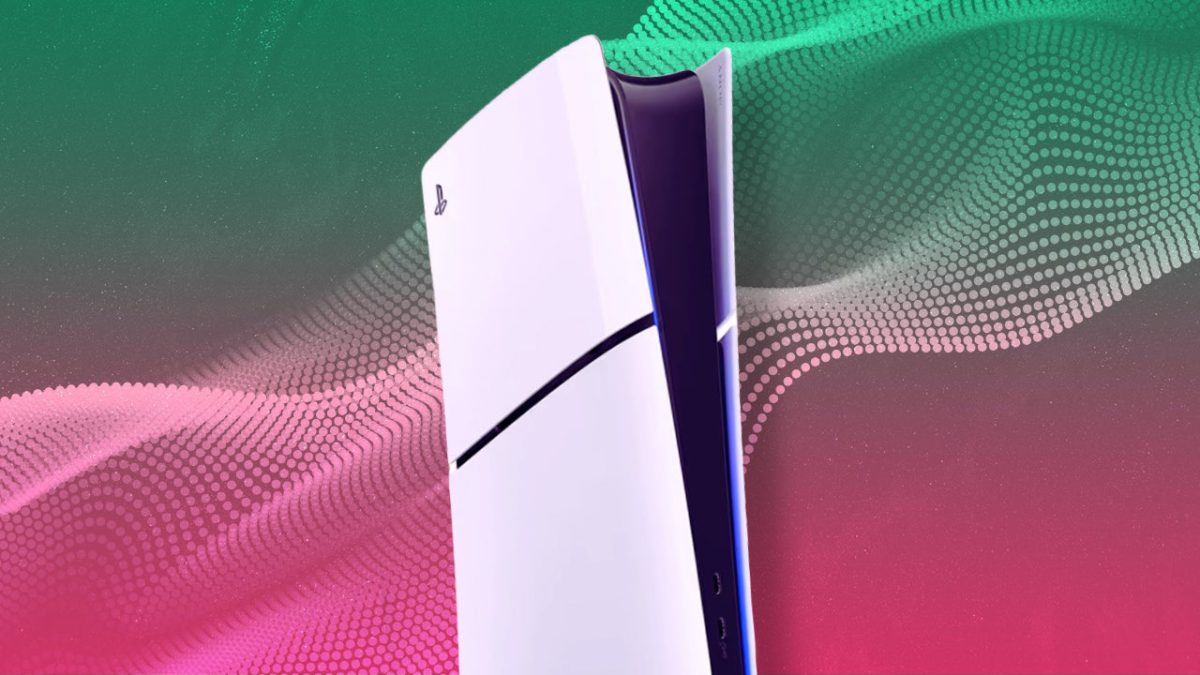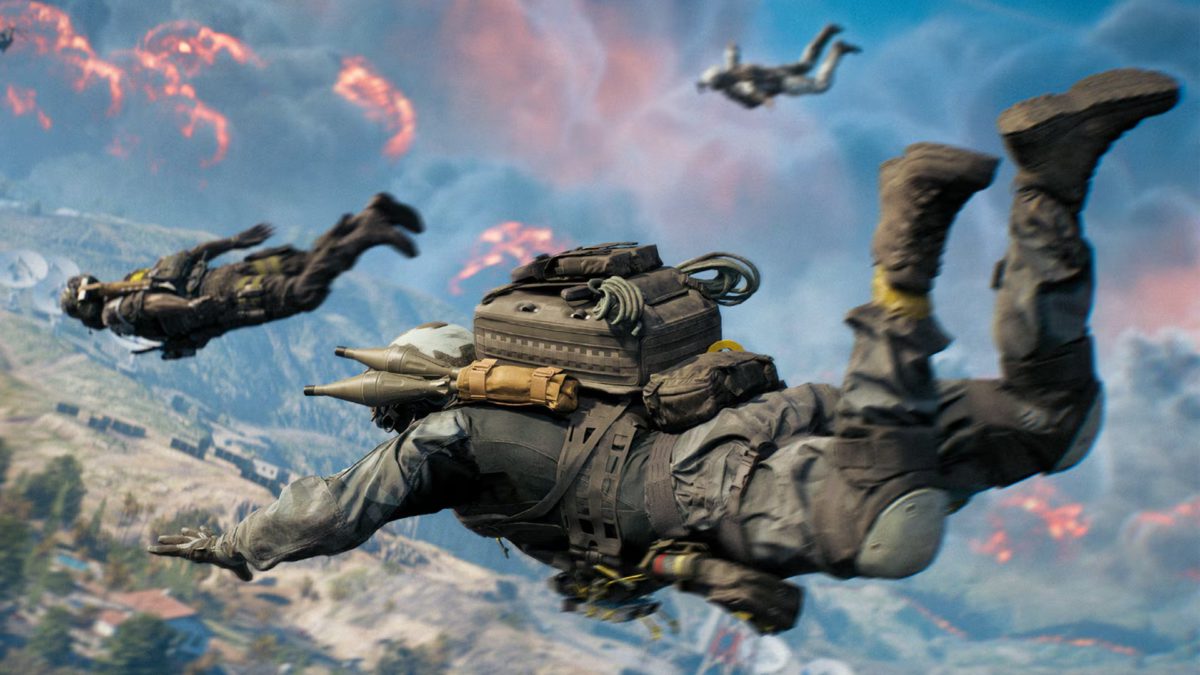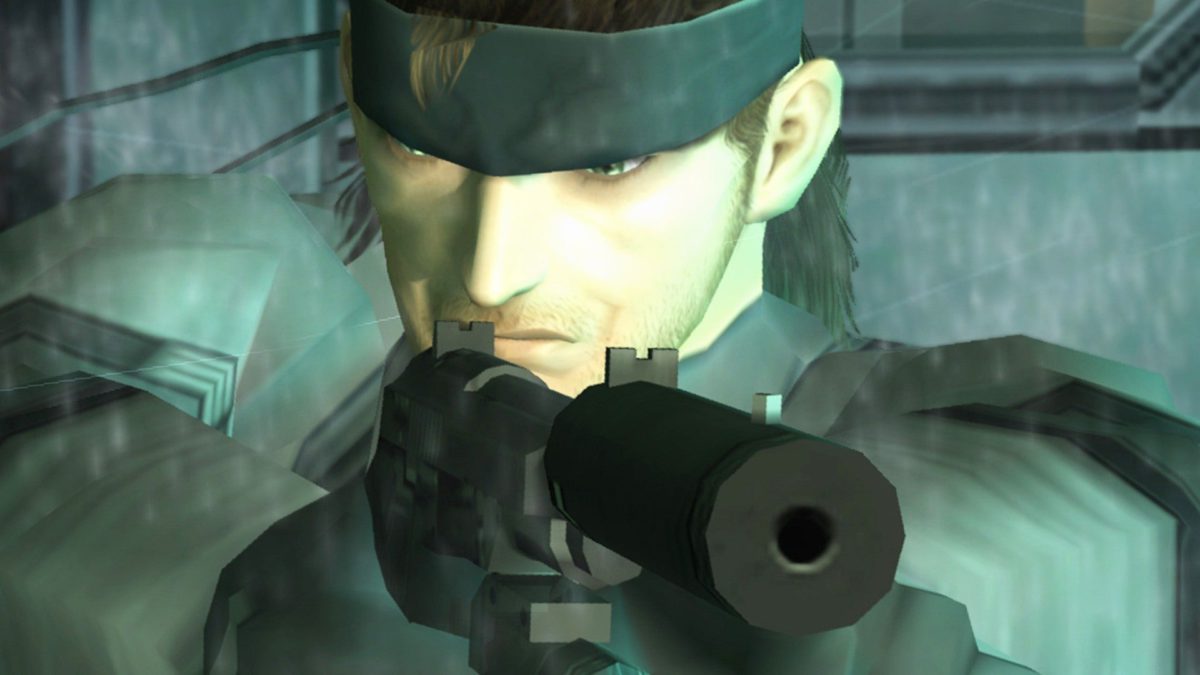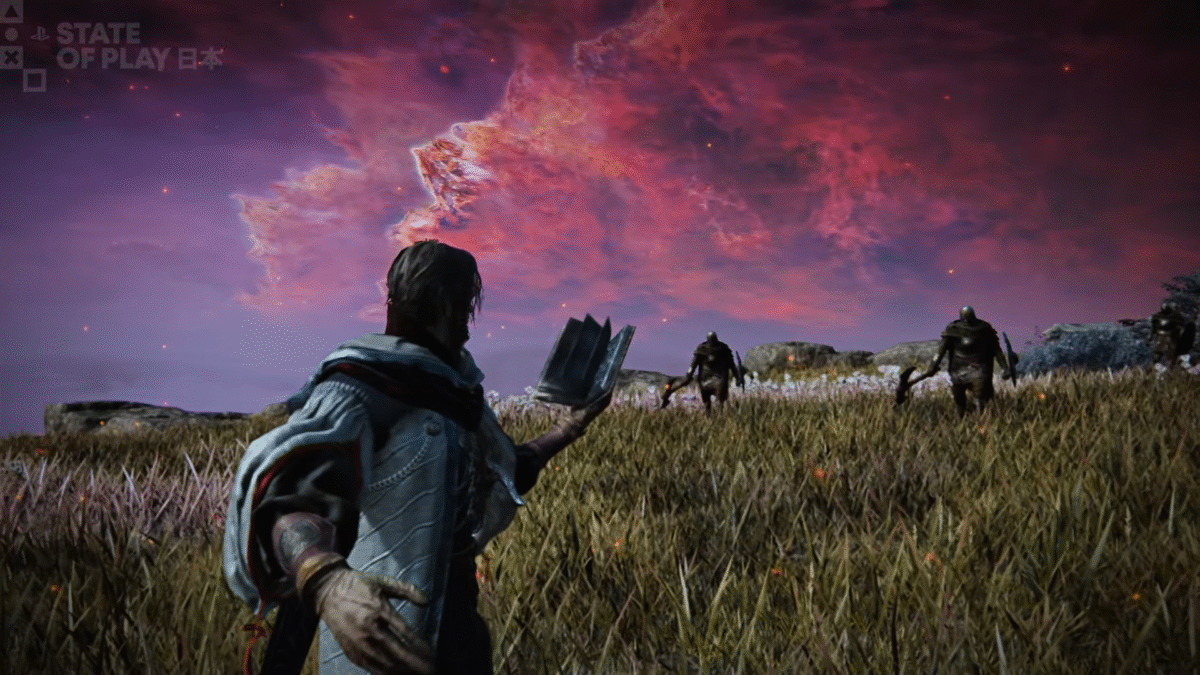
Konami has introduced a number of big combat changes to Silent Hill f, including a new casual action difficulty and a reduction in the number of unskippable combat encounters.
As part of patch 1.10, which rolls out across all platforms today (November 13), Hinako will also take “slightly less damage” on Hard action difficulty, have her stamina replenish “slightly faster,” and you should see fewer enemies “across multiple sections,” too.
There will also be an “optional skip feature” for some areas in New Game+, although you should note that any items you miss in skipped sections will not be collected, and you may miss the opportunity to unlock some trophies/achievements.
This will be welcomed news for many horror fans, not least because Silent Hill f requires multiple playthroughs to unlock its numerous endings (including the “true” one). Given the game’s reliance on combat — and melee combat, at that — repeated playthroughs can feel a little stale, so easing the difficulty and making combat sequences less punishing should make NG+ runs more enjoyable, particularly in those end-game gauntlets.
The full patch notes are detailed below. Be cautious, though, as there may be a couple of spoiler-y details…
Silent Hill f Update 1.10 patch notes:
New Features
- Added Action Difficulty: Casual
- The Casual action difficulty will be playable when starting a game from “New Game” on the main menu or from a New Game+ save file.
- For players on the Story action difficulty or higher, the Casual action difficulty will be selectable upon reaching the Game Over screen multiple times.
- Added Optional Skip Feature for Select Sections of New Game+
- Upon completing the “Go through the door” objective after solving the mural puzzle on New Game+, the game will display the option to skip. The game will resume at the scene where Hinako awakens at the corridor of the Dark Shrine for the second time with the “Proceed” objective if skipped.
- Items from the skipped sections will not be collected.
- “Thankful to Be Here,” “Grateful for a Worthy Foe,” and “Clear Skies” do not unlock on a playthrough that uses the skip feature.
- The skip feature does not impact branching paths or endings.
System Changes
- Hinako’s stamina replenishes slightly faster
- Unskippable combat encounters are reduced across multiple sections
- Fewer enemies are placed across multiple sections
- Hinako’s line when an enemy is defeated plays at a slightly later time
- Hinako takes slightly less damage on the Hard action difficulty
Bug Fixes
- Fixed bug where Shu duplicates in the cutscene that plays when heading from Sennensugi Shrine to Rinko’s house during the “Head to Rinko’s house” objective
- Fixed bug where interaction icons do not display on the hall leading to the room with the naginata during the “Enter the inner room” objective
- Fixed bug where the Sakuko-like entity stops moving in combat during the “Defeat the Sakuko-like entity” objective
- Fixed bug where the Fog Monster stops moving and halts progress during the “Chase after the Fog Monster” objective
- Fixed bugs across multiple levels where events do not progress despite meeting the required conditions
- Fixed bugs across multiple levels where specific enemies remain outside of the combat area and cannot be defeated
- Fixed bugs across multiple levels where clumps of flesh do not spawn
- Fixed bug where some notes from “Sakuko’s Diary” could not be obtained on New Game+
- Fixed bug where Hinako may become unresponsive to player input after dodging
- Fixed bug where Hinako dies upon loading an autosave file if Hinako died during an autosave
- Fixed bug where the “View Endings” option does not display on the title screen after finishing the first playthrough (may require loading New Game+ data to fix)
- Fixed bug where Indirect Lighting and Reflections revert to On during cutscenes even when set to Off in the Graphics menu
- Fixed bug where the cursor moves without player input when playing on the controller
- Various other minor bugs have been fixed, including bugs related to audio, hitboxes, text errors, loading, and graphics.
To ensure you’re playing the latest version, check that the version number in the lower right corner of the main menu is displayed as v1.2.381918.
Silent Hill f takes us not to the titular town but instead to 1960s Japan, where we follow Hinako Shimizu, a teenager struggling under the pressure of expectations from her friends, family, and society. It’s out now for PC, PS5, and Xbox Series X and S and has sold 1 million copies since its debut at the end of September. Our Silent Hill f review returned a 7/10. We said: “Silent Hill f presents a fresh new setting to explore and a fascinatingly dark story to unravel, but its melee-focussed combat takes a big swing that doesn’t quite land.”
Last month, series producer Motoi Okamoto opened up on why Konami revealed three new Silent Hill games at once after a full decade of silence, saying the publisher was keen to stress to old fans and new that it was “serious” about resurrecting the flailing horror series.
Vikki Blake is a reporter for IGN, as well as a critic, columnist, and consultant with 15+ years experience working with some of the world’s biggest gaming sites and publications. She’s also a Guardian, Spartan, Silent Hillian, Legend, and perpetually High Chaos. Find her at BlueSky.


